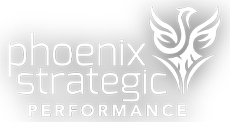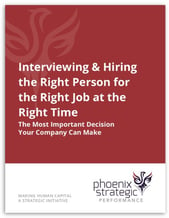The employee handbook may be underestimated, but it is certainly strategic!
Do you really need an employee handbook? This question predictably comes up when I speak with company management, often because the Employee Handbook is considered moderately useful but not on the top of management’s priority list. Why is that? Because often the Employee Handbook:
- Isn’t current
- Doesn’t cover the full range of issues
- Isn’t specific enough to be meaningful
- Isn’t given to new employees
- Isn’t used by management
However, one thing is for certain, when something goes wrong in an organization, the following happens:
- From the manager’s perspective: Managers look to the Employee Handbook for guidance and protection from liability.
- From the employee's perspective: Employees look to the Employee Handbook for guidance and protection from liability or loopholes created by omission or ambiguity.













